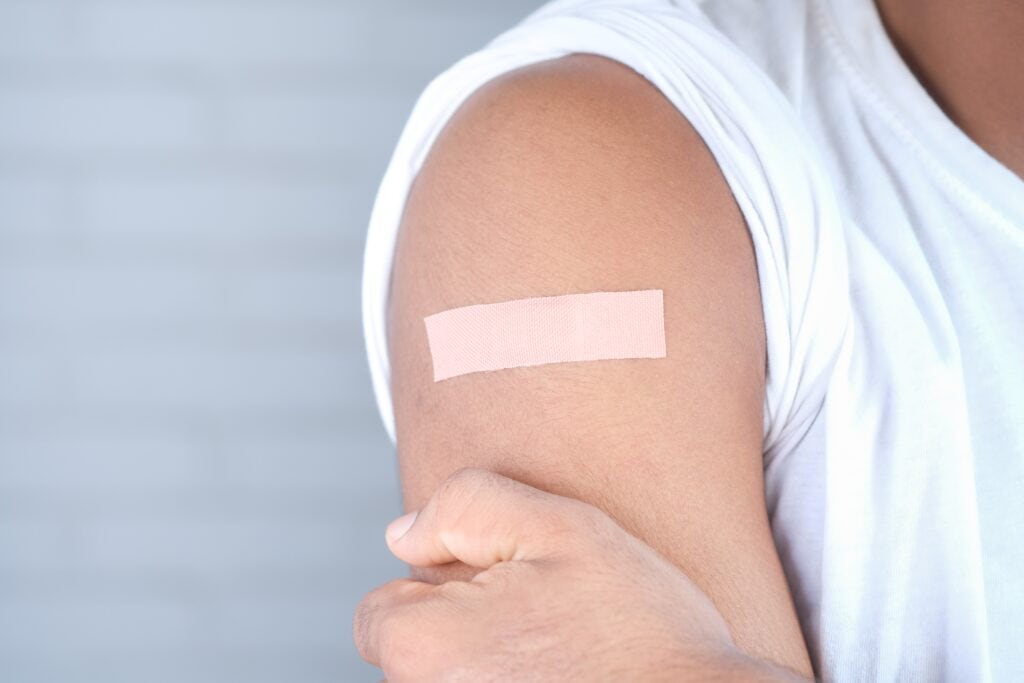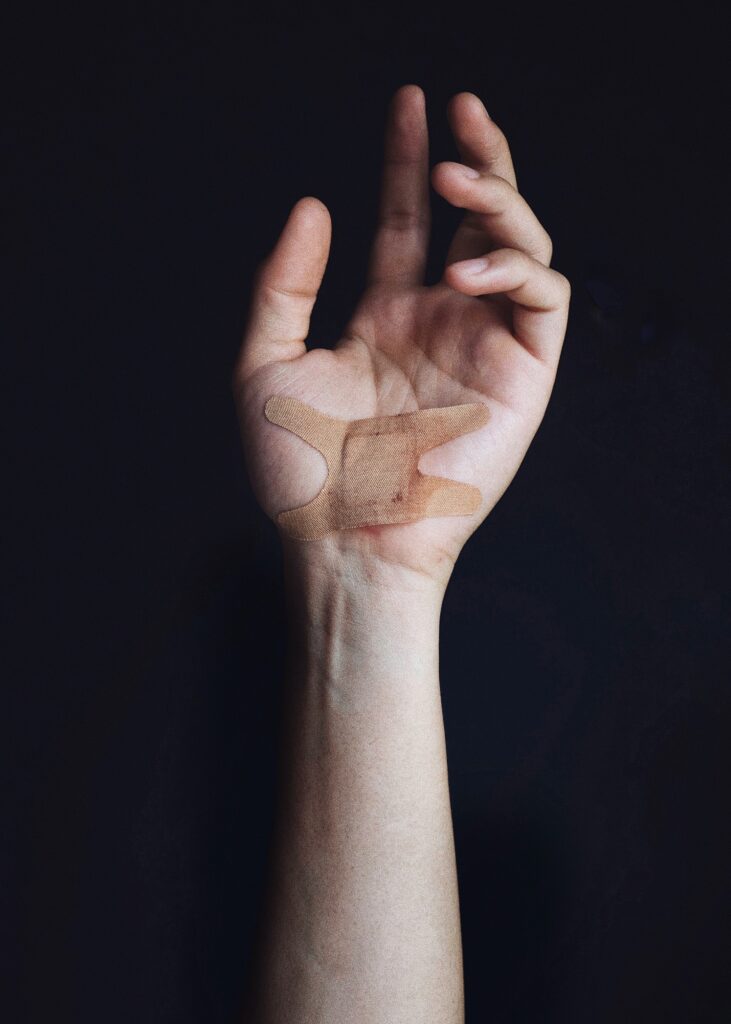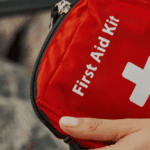The human body has the capability to heal itself. Our body regularly replaces millions of dead cells. However, scratches, animal bites, and scrapes are likely to cause wounds.
Wounds are injuries that break the skin cells, which leads to the activation of the natural mechanism of wound healing. However, wounds provide active conditions for bacteria to grow sometimes. Therefore, it is important to clean and cover the area to avoid infection.
If your wounds don’t heal within five to eight weeks, it is referred to as a non-healing wound. Non-healing wounds should not be taken lightly as there are greater chances of infections.
A delay in providing adequate medical care to an infected wound can even turn it into a chronic wound. However, if you don’t have immediate access to healthcare providers, here is how you can tell if your wound is healing or infected.
What Is a Wound Infection?
A wound forms on the human body after a trauma that compromises the skin’s integrity. Normally, the skin serves as a barrier that prevents the entry of bacteria into the blood. Therefore, in case of damage to this barrier, bacteria get a freeway into the body, further allowing them to enter the blood flow, which may lead to wound infection.
Wound Healing Stages
The body’s wound-healing process activates as a response to the break in the layer of skin cells. If this mechanism does not occur, it can lead to infected or chronic wounds. The wound healing mechanism comprises the following stages:
1. Haemolytic Phase
The first step in wound healing is the constriction of the blood vessels which lowers blood circulation to the area of injury. Next, platelets begin sticking together and form patches on the tears in the blood vessel to stop the wound from bleeding. Also, collagen and other tissues make blood thicker and help form a soft scab over the wound.
2. Inflammation Phase
In the second stage, neutrophils which are a type of white blood cells, predominate and begin the process of cleaning cellular debris. They are also needed to fight off bacteria. Following this, macrophages which are specialized white blood cells, arrive at the location and clean the wound.
3. Cell Replication Phase
The cell replication phase deals with new tissue formation. Initially, the new tissue, known as the granulation tissue, appears pinkish with fluid inside. The repaired blood vessels supply sufficient nutrients and oxygen to the area. Moreover, the epithelial tissues begin to replicate rapidly, forming a layer covering the wound.
4. Scar Termination Phase
Once the healing process is complete, the body removes excess healing cells, and cross-linking occurs between the platelets. In this stage, the body makes the skin stronger and more flexible.
What Are the Signs of Wound Infection?
There are certain situations in which the wound does not heal. Instead, a bacterial invasion or a weakened immune system may lead to an infection in the injured area. Some signs of an infected wound are as follows:
Warmth
During the initial phase of infection, upon touch, you may notice swelling and warm skin. The warmth is an indication that the immune cells are fighting the infection-causing bacteria.
Bad Odor of Discharge
At the time of trauma, blood and pus may collect at the site of a wound. Later, if blood and pus are released, it is important to note the smell. If the odor is foul, it is an affirmative sign that the body is battling infectious bacteria.
Redness
Redness of the skin also signifies an infection. The injury site may appear red due to the elevated oxygen supply and increased blood flow.
Fever
Fever is the body’s response to the presence of pathogens. The elevated temperature signifies that the immune system is fighting bacteria.
Pain
It is common to feel pain immediately after an injury, especially in cases of puncture wounds. However, prolonged pain and tenderness is also a sign of infection.
How to Boost the Healing?
You can improve your body’s wound-healing ability by taking care of the following things:
Good Diet: Infected wounds can heal properly when the injured person consumes a diet filled with nutrients. Proteins are vital for forming immunity cells and epithelial cells, which help in healing. Zinc is important for new tissue formation. Additionally, carbohydrates are the energy source that drives scar formation, and healthy fats are crucial for forming newly synthesized cells’ plasma membranes.
Cleaning: The wound healing is rapid when it is kept clean and moist, preventing bacterial infections.
What Are the Signs of the Wound Healing Process?
Various signs can help you tell that your wound is on its path to healing. Some of them are:
Swelling
Swelling usually indicates wound healing due to increased blood vessel diameter to ease blood flow and enable a greater oxygen supply to the injury site.
New Tissue
Once swelling regresses, granulation tissue is formed. The new tissue appears pinkish and covers the wound’s surface.
Scar Formation
When a scar appears, it indicates that healing is complete. However, a scar may slowly thicken and peel off or remain attached to the skin if the injury is severe.
How to Prevent Wound Infection
Following an injury, it is important to provide medical attention to the wound. An injured person must clean and take care of their wound. In addition, they must keep it moist to prevent the risks of bacterial growth. In case of a deep wound, it may require additional care, and it is necessary to monitor changes
Which Conditions Cause Delayed Wound Healing?
There are a few risk factors that can delay wound healing. Some of them are:
- Continuous trauma
- Extreme swelling
- Poor circulation
- Diabetes
End Thoughts
Injuries are an everyday occurrence. Normally they are not alarming, and our body is efficient in healing them. Healing begins immediately after trauma and depends on the injury’s extent. Although, it is necessary to clean the infected wounds to prevent wound infections first.
Our immune system is designed to detect microorganisms and eradicate them, along with healing. There are a few signs that hint towards the initiation of healing. First, however, it is important to note any change appearing on the injury site.
If you notice your injury is not healing properly, there are signs of infection, or slow wound healing; it is best to seek medical attention.






